|
The Chinese have been wrapping gifts since 2nd Century B.C. although it is most commonly and ironically associate with modern day Christmas. These wrapped gifts were distributed to the royal Chinese court and government officials. While the original paper was made of rice and bamboo paper, today the Chinese use mass produced papers of red denoting luck. It wasn't until Christmas of 1917 when Rollie Hall marketed French papers used as envelope lining to be reinvented as wrapping paper. It is estimated that over 10 tons of wrapping paper refuse is generated on Christmas day alone.
While it is more common to recycle wrapping paper and purchase recycled paper, it is interesting how this custom came to be. The social conventions of American society prevent givers and consumers from simply handing unwrapped gift. Japan experienced these same customary pressures but eventually reinstated their historic Furoshiki. Instead of wrapping gifts of paper the Furoshiki is a decorative cloth bag for gift giving. Now if you've ever wrapped a gift you immediately understand the effort and energy that went into the presentation of this present. It is not fun nor easiy. While the present may have only cost $1.00 with beautiful paper and a lovely ribbon the gift can easily ascends social statuses. Take for example a stores packaging such as Tiffany & Co. blue and Hermes saffron, these gifts need no wrapping. While for the common gift giver there is a desire to hide the interior, prevent the receiver from automatically visualizing and identifying the gift. For example once as I child I received concert tickets but it wasn't until I dug through box after box to discover bricks and rocks, and fortunately later the greatest tickets ever. So tonight or tomorrow as you tear your way to tears, don't forget the effort and energy that sent into the wrapping. All the while please recycle.
0 Comments
Leave a Reply. |
LAJ
100 Objects of Popular and Material Culture is an blog exploring the manifestations of human consumption and commodity-ization. The purpose of this experiment is to explore material and popular culture in contemporary society by using objects and concepts to prompt wider questions and reflections. So by emulating The British Museum's and Neil MacGregor's format of A History of the World in 100 Objects I plan to satirically analyze and reinterpreted 100 material culture objects over the course of 2014. Material Culture is the study of our culture's consumption of stuff; namely the manifestation of culture through material productions where people's perceptions of objects is socially and culturally dependent. With this, objects reflect conscious and unconscious beliefs on the the individuals who fabricated, purchased, or used them, and by extension the society where they live. So examining materiality, cultural truths and societal assumptions may be discovered. As anthropologist Arjun Appaduai states "in any society the individual is often caught between the cultural structure of commodity-ization and his own personal attempts to bring a value and order to the universe of things." Objects and commodities make up a much larger symbolic system consisting of want and need, socio-economic status, fashion, etc. Often times form follows function whether the commodity, market, and or consumer forever evolve around one-another. Philosopher Pierre Bourdieu's theories of capital flow full circle; where regardless if you are a minimalist or a hoarder the world is made up of things and everyone will leave their footprint on the earth. So by humorously analyzing marketed objects and concepts, hopefully this blog will provide further incite into ideas of over-consumption, a disposable society, consumerism vs. anti-consumers, planned obsolescence vs. sustainability, as well as the greater good of mankind and future generations. Archives
March 2015
Categories |


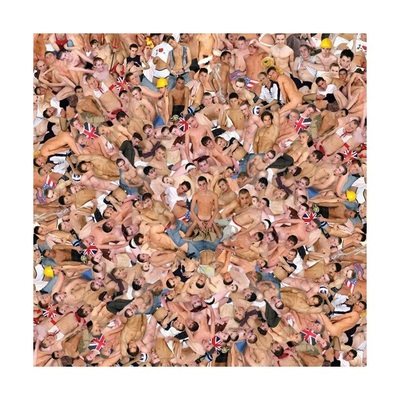

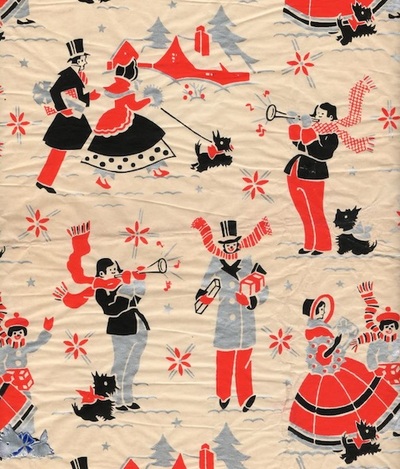
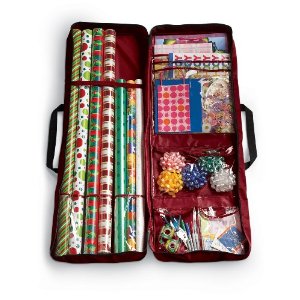
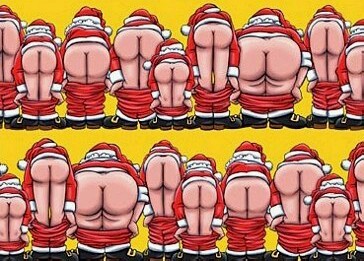
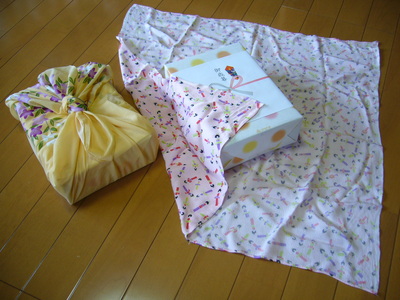
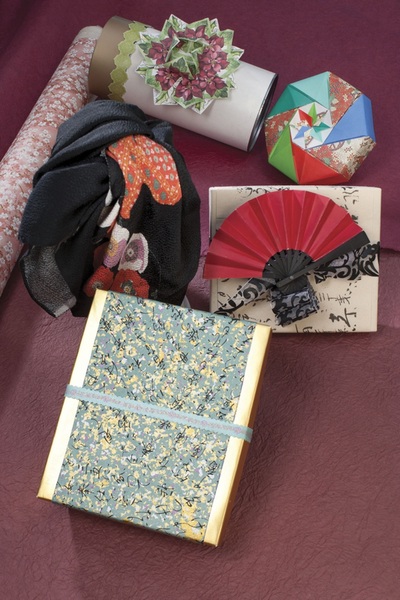



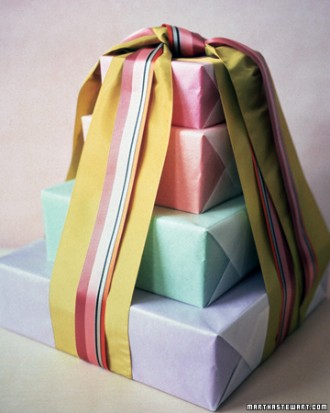
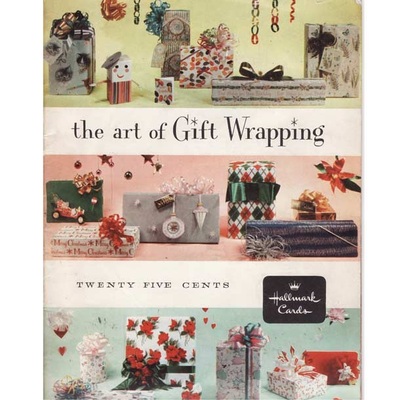
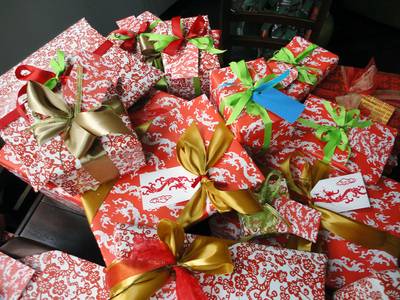
 RSS Feed
RSS Feed